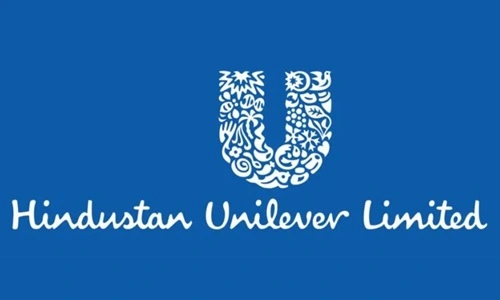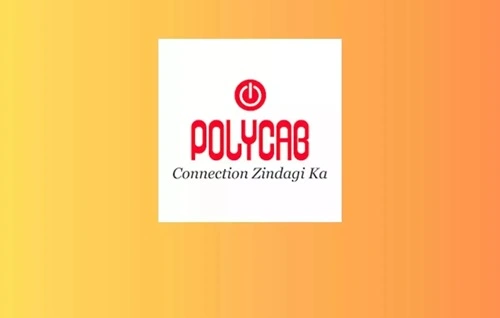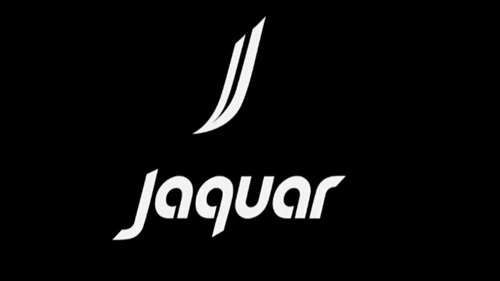Hindustan Unilever Limited (HUL), a subsidiary of Unilever, is India’s largest fast-moving consumer goods (FMCG) company, with a diverse portfolio of brands spanning categories such as personal care, home care, food, and beverages. With a history stretching back more than eight decades, HUL has established itself as a household name in India, impacting millions of lives daily. The company’s impressive product reach, brand equity, and strong distribution network have made it a leader in the FMCG sector. Here’s a SWOT analysis that explores the strengths, weaknesses, opportunities, and threats currently shaping HUL’s performance and influencing its future in the Indian market.

Strengths
1. Robust Brand Portfolio
HUL has a formidable brand portfolio that includes some of the most iconic names in the industry, such as Dove, Lux, Surf Excel, and Horlicks. Each brand has a loyal consumer base, high recall, and credibility that adds immense value to the company’s brand equity. By catering to various consumer needs, HUL ensures strong market penetration and consumer trust.
2. Extensive Distribution Network
With access to over 9 million retail outlets, HUL boasts one of India’s most comprehensive distribution networks. This extensive reach allows the company to tap into rural and urban markets alike, ensuring that its products are accessible to consumers across the country. The strong logistics and supply chain capabilities that HUL has developed over the years are a key competitive advantage.
3. Innovative Marketing Strategies
HUL’s marketing campaigns are known for their creativity, cultural resonance, and ability to connect with Indian audiences. The company has leveraged digital marketing platforms and innovative advertising to maintain brand relevance and engage younger consumers. Campaigns like “Daag Ache Hain” (for Surf Excel) and “Kan Khajura Tesan” (an innovative rural marketing campaign) have left lasting impressions, reinforcing brand loyalty.
4. Focus on Sustainability
HUL has positioned itself as a socially responsible company with a focus on sustainability. Its initiatives around water conservation, waste management, and sustainable sourcing resonate well with environmentally conscious consumers. The company’s ‘Unilever Sustainable Living Plan’ (USLP) aims to reduce environmental impact while enhancing social value, helping HUL build a strong, purpose-driven brand image.
5. Strong Financial Performance
HUL has consistently reported strong financials, with steady revenue growth, healthy profit margins, and a solid balance sheet. This financial stability enables the company to invest in new growth avenues, expand its product portfolio, and pursue strategic acquisitions, as seen in its recent purchase of Horlicks from GlaxoSmithKline.
Weaknesses
1. Dependence on Parent Company
HUL is heavily reliant on its parent company, Unilever, for resources, strategic direction, and brand alignment. While Unilever’s global experience benefits HUL, it can also lead to limited autonomy in decision-making. The centralized approach may sometimes delay strategic responses to local market dynamics, affecting HUL’s agility.
2. High Dependency on Key Brands
Although HUL has a diversified portfolio, a significant portion of its revenue comes from a handful of brands. Over-reliance on flagship brands like Surf Excel, Lux, and Dove can make HUL vulnerable to changing consumer preferences, market competition, and evolving regulations in the personal care and home care segments.
3. Vulnerability to Raw Material Price Volatility
Being in the FMCG sector, HUL is highly susceptible to fluctuations in raw material costs. Variations in prices of key ingredients like crude oil (used in packaging), palm oil, and chemicals impact production costs. Despite passing some cost increases to consumers, HUL’s profitability can suffer, especially when raw material costs rise significantly.
4. Slower Penetration in Health and Wellness Segment
While HUL has a stronghold in traditional FMCG categories, it has lagged behind competitors like Nestlé and ITC in the health and wellness segment. With a growing consumer shift toward healthier alternatives, HUL’s slower adoption of this trend could limit its growth potential in a key emerging area.
Opportunities
1. Rural Market Expansion
India’s rural markets offer immense untapped potential, with rising incomes and improving living standards driving consumption. HUL’s robust distribution network provides a strategic advantage in expanding its reach in rural areas. With targeted marketing, affordable product lines, and value packs, HUL can further penetrate these markets, boosting its sales.
2. Digital Transformation and E-commerce Growth
With the digital shift accelerated by the COVID-19 pandemic, HUL has the opportunity to strengthen its online presence. E-commerce and digital-first platforms are becoming increasingly popular, especially among urban consumers. By investing in its digital ecosystem, leveraging data analytics, and expanding e-commerce capabilities, HUL can tap into new consumer segments and enhance its customer engagement.
3. Demand for Sustainable Products
As environmental consciousness grows, Indian consumers are increasingly seeking eco-friendly products. HUL’s existing sustainability initiatives provide a solid foundation for expanding its portfolio of green and eco-friendly products. This shift aligns with Unilever’s global sustainable goals and could appeal to environmentally conscious consumers, particularly among the millennial and Gen Z demographic.
4. Expansion of Health and Wellness Segment
With growing awareness around health and wellness, Indian consumers are increasingly focused on personal health, hygiene, and wellness. HUL can leverage this trend by diversifying into health-focused FMCG products, including fortified foods, organic options, and nutritional supplements. Its recent acquisition of Horlicks signals a strategic move in this direction, but there is ample room for growth in this category.
5. Acquisitions and Strategic Partnerships
HUL has the financial capability to pursue acquisitions and partnerships that can drive growth and market expansion. By collaborating with smaller, innovative startups or acquiring established brands, HUL can gain a foothold in niche segments like organic products, plant-based foods, or natural cosmetics, broadening its appeal and market presence.
Threats
1. Intensifying Competition
The FMCG sector in India is highly competitive, with domestic players like ITC, Dabur, and Patanjali giving tough competition to HUL. Multinational companies such as P&G and Nestlé are also expanding their footprint, creating additional challenges. As these competitors launch new products and adopt aggressive pricing strategies, HUL faces pressure to continuously innovate and differentiate itself.
2. Regulatory and Environmental Risks
HUL operates in a highly regulated industry, subject to various government policies related to product standards, environmental impact, and labeling requirements. Stricter regulations on plastics, pollution control, and health standards could increase compliance costs and impact product development. Environmental regulations on waste disposal, for instance, could affect HUL’s operations if not managed efficiently.
3. Consumer Shift Towards Local Brands
A growing preference for local products, fueled by nationalist sentiments and “Vocal for Local” initiatives, could pose a challenge for HUL. Indian consumers are increasingly leaning towards locally manufactured, natural, and ayurvedic products offered by companies like Patanjali and Dabur. If this trend persists, HUL may need to adapt its marketing and product strategy to resonate with consumers seeking more indigenous alternatives.
4. Macroeconomic Factors
Inflation, currency fluctuations, and changes in interest rates can impact HUL’s cost structure and profitability. As the Indian economy undergoes shifts in growth, disposable incomes and consumer spending patterns may fluctuate, affecting HUL’s sales and revenue growth.
HUL Future Outlook
Hindustan Unilever Limited’s position as a leader in India’s FMCG market remains strong, driven by its brand equity, distribution network, and financial resilience. However, the evolving consumer landscape, increasing competition, and rising demand for sustainability will test its adaptability and strategic foresight. HUL’s future success will largely depend on its ability to innovate, digitalize, and expand into emerging categories such as health and wellness and eco-friendly products. If the company leverages its strengths and addresses its weaknesses, it is well-positioned to navigate India’s dynamic FMCG sector and maintain its market leadership.

